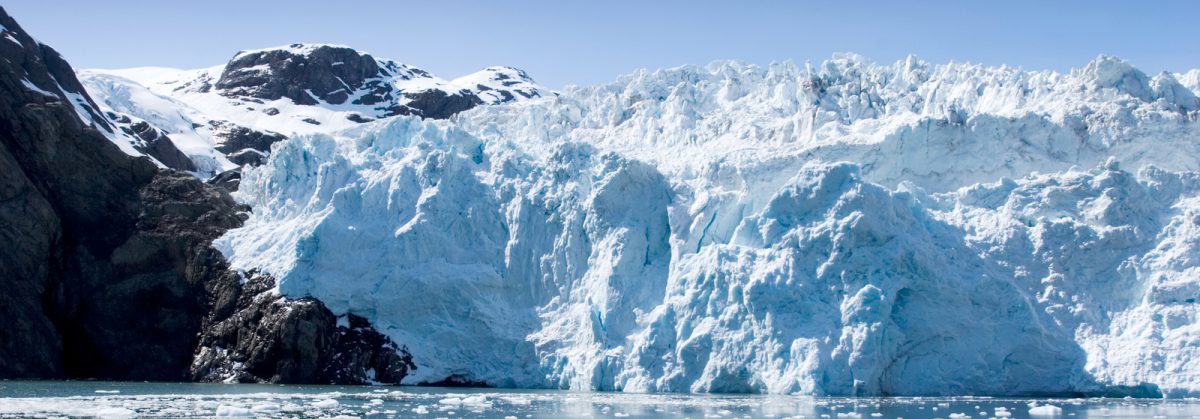
The dugouts are rather amazing. Usually there is a porch or verandah at the front which is built up against the hill and then the rest of the house is dug out behind that into the hill. The early homes were hand dug but now machines are generally used and there are interesting patterns made as a result on the walls and ceilings. In addition there are bands of coloured (usually reddish) streaks/stripes/patches exposed in the sandstone and the walls are beautiful. They are lacquered and there are no issues with moisture. The machine digging allows for generous ceiling height so rooms do feel spacious. Floors can be covered in any material so no dust issues either. The wet areas (bathroom, kitchen, laundry) of the house are generally at the front to save on plumbing costs etc. Power runs throughout neatly tucked away or can be run from above. Looking at a hillside you will only see the porch and a number of ventilation pipes covering the hill. One pile for each room.
Some churches as above, business etc are also underground. We visited the St Elijahs Serbian Orthodox Church built in 1992. It was tunnelled using a square machine with a lot of work also done by pick and shovel, jack picks, explosives and wheelbarrow! Of interest the relief image of St Elijah in the natural back wall and some carved icons in the walls were produced by an NZ artist Norm Aston. The resident priest lives in a tunnelled apartment.

Coober Pedy was discovered in 1914 by Willie Hutchison who disobeyed orders and strayed from camp to search for desperately needed water for his gold prospecting party.
Our guide at the Umoona Opal Mine and Museum was a young miner’s daughter, a part-time miner herself, and she was very engaging and forthright. There are only around 60 miners left in Coober Pedy. With no certainty of a pay check, unfavourable conditions and hard work required it’s hard to attract young people into the industry. Most miners are sole operators or in a partnership of two. There are no corporations. Buying is by negotiation and in cash. I didn’t buy an opal but found the process, history and detail interesting and well worth a visit. The museum hosts a fossil collection as this area is also recognised as one of Australia’s most important prehistoric fossil sites.
We had lunch underground in another converted mine. Plenty of space in the banquet area but I did have to talk myself into breathing slowly in the hallway initially. At no point was it cramped or narrow but it’s the feeling of confinement and not knowing the way out that’s a bit of a challenge! Nevertheless, loved the visit.
We also had a morning visit to The Breakaway. An impressive naturally formed sandstone area that millions of years ago used to be an inland sea. Stunning colours and formations. A glass of champers too.
The Dog Fence is the longest continual construction in the world. Goes for about 5300kms. Built to protect the sheep country in the south from the Dingo in the north and begins east of Surfers Paradise and ends up north of Ceduna in the Great Australian Bite.
Checked out the Coober Pedy golf course too. 18 hole, 72 par and reciprocal rights with St Andrews (a catch or two). One of the 10 most unusual golf courses in the world! Not a blade of grass in sight!

